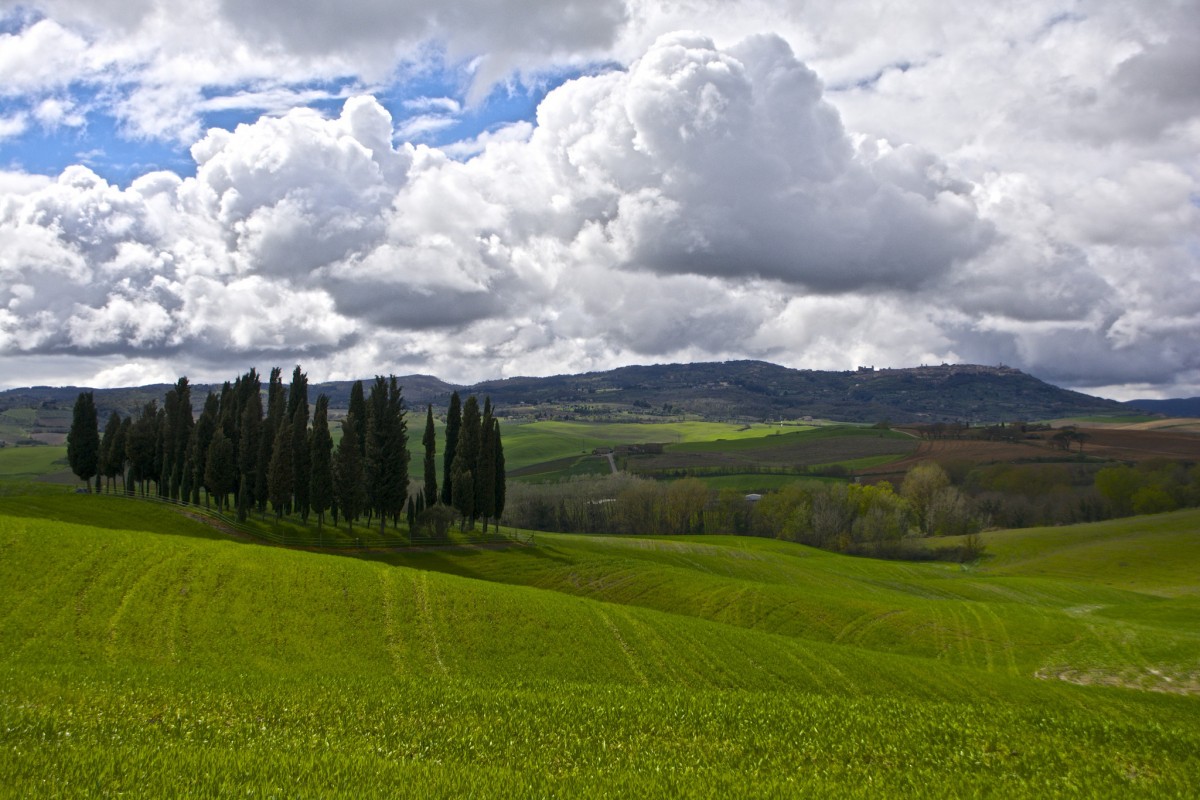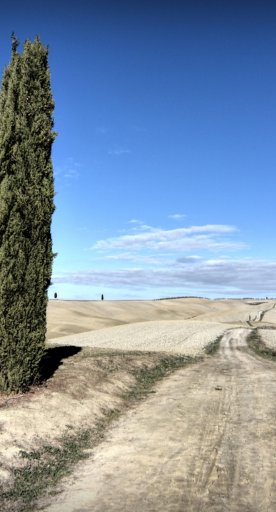5 things to see in San Quirico d’Orcia
Take in the sights of a treasure trove in the Val d'Orcia
San Quirico is a walled village situated in the Val d’Orcia, in southern Tuscany, halfway between Pienza and Montalcino. The village has Etruscan origins and is at about 80 kilometres southeast of Florence and about 35 kilometres southeast of Siena.
In the 11th century, San Quirico had a rapid growth due to its proximity to the Via Francigena. It later have become part of the Grand Duchy of Tuscany under the Medici family.
Most of San Quirico’s fortified walls are still standing, so you must leave the car outside the city walls. The main street, via Dante Alighieri, crosses the centre of the village.
San Quirico is charming and there are many things to see and do. Read below 5 things you shouldn't miss.
-
1.Collegiata di San Quirico
-
2.The church of Santa Maria Assunta
-
3.Horti Leonini
-
4.San Quirico d’Orcia cypress trees
-
5.Chapel of Madonna of Vitaleta
Collegiata di San Quirico

Originally, the collegiata was an 8th century rural church with a baptismal font rebuilt in the 12th century. It has a Latin cross plan with a single nave and side chapels. In 1663 a choir was added.
The main portal has a decorated sandstone sculpture with columns supported by lions. A side portal was added in the 13th century. Most of the interior decoration dates up to the 17th century, while the bell tower was rebuilt between 1798 and 1806.
The church of Santa Maria Assunta

It's commonly called the church of Santa Maria or Santa Maria ad Hortos, since it was surrounded by gardens that would later become the Horti Leonini.
It is a sacred building situated along the Via Francigena. It was probably constructed during the second half of the 11th century. The simple and evocative travertine building has a single nave with a small apse, crowned with arches and shelves decorated with animal heads figures. The roof is made of wooden trusses and the most significant element is the Via Francigena portal, which has many similarities with the one in Sant Antimo Abbey.
Horti Leonini

Designed by Diomede Leoni in 1561, this is a notable example of a symmetrical Italian garden.
The area covered by the Horti is 13.824 square meters and is distributed on two levels.
A statue of Cosimo III de' Medici built in 1688 was placed in the centre of the garden. There is also a Rose Garden, which occupies a small space in front of the parish church of Santa Maria, located near the edge of the Horti Leonini.
San Quirico d’Orcia cypress trees

They are the most photographed trees in the world!
The cypress trees are a symbol of Tuscany and, in particular, a Val d’Orcia characteristic.
The cypresses of San Quirico d'Orcia are located on a hill overlooking the southern part of the Via Cassia, which crosses the northern part of San Quirico d'Orcia territory.
There are two distinct groups of trees, located on isolated hills of modest height, largely devoid of other types of plant life.
If you want to find these iconic trees, here are the coordinates: the first group of cypress trees is located at 43 ° 03'45.62 "N 11 ° 33'31.86" E, while the second group is along a dirt road at 43 ° 03'38.99 "N 11 ° 33'30.49" E.
Chapel of Madonna of Vitaleta

This chapel is one of the most famous features of the Val d’Orcia and it’s situated just a couple of kilometres outside San Quirico, on a dirt road leading from Pienza to San Quirico d'Orcia.
The Chapel is a sacred building in the rural countryside called Vitaleta. Probably built in late Renaissance, it was redesigned in 1884, inspired by sixteenth-century models. It has a single nave, with the main façade covered in Rapolano stone. It has a small rose window that opens above the portal’s lintel. The side facades are made of stone, like the back of the church, where a bell tower stands.
It used to keep a Madonna statue attributed to Andrea della Robbia.
This article was written by Serena Puosi
What’s nearby?






































































